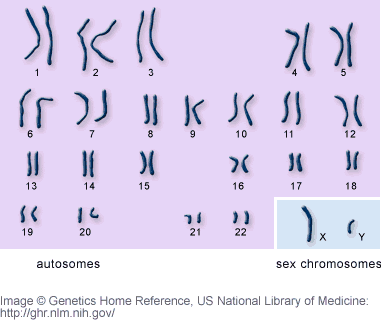While the meat of the guidelines was written before the COVID-19 pandemic began, we had no idea just how timely and relevant this chapter would be as the Canadian Obesity Guidelines came out in August 2020. Many aspects of our lives have gone virtual wherever possible, and weight management is no exception.
While some conventional (face-to-face) weight loss programs are effective for short-term weight loss, many of these programs are expensive in terms of cost, labor, and time. To get past some of these challenges, provide more convenience, and facilitate support on a long term basis, it is important to know whether technology can help us provide and receive effective long term weight management care.
Treatment and follow up strategies delivered through smart phones, web-based platforms, and tracking devices (eg pedometers) have shown to be beneficial to help with weight loss and improving health, both when used alone, and combined with face-to-face care. Technology-based interventions provide cost-effective, time-efficient, convenient and flexible options, which is great for both people managing their weight, and their health care providers!
Individualized feedback and follow up (eg personalized coaching or phone/email feedback) can also help to improve weight loss outcomes with virtual programs.
The guidelines strongly recommend that wearable activity trackers (eg pedometer, smart watch) be used as part of any weight loss strategy. (Level 1a, Grade A recommendation). (note: while the goal recommended is often 10,000 steps per day, the goal should actually be individualized for each person. If you are new to step tracking and you find that you are taking much less than 10,000 steps in a day, don’t feel overwhelmed! Set your goal to increase by say 1,000 steps, or maybe 10%…. and when that feels good, then another 1,000 steps or 10%. And so on!)
Are virtual weight management programs as good as face-to-face care? The Guidelines conclude that there is not enough data to compare these technologies to face-to-face care, so we don’t yet know the answer to this question. However, what is clear is that virtual weight management programs can reach a greater number of people, and removes the barrier of actually getting to a weight management clinic. And, it certainly jives well with supporting physical distancing during the COVID-19 pandemic!
The authors also note that most of the technology studies are quite short (between 6 weeks and 6 months), and more data is needed to know how technology fares for weight management long term, including for sustained weight loss, and also for weight loss maintenance and prevention of weight regain.
NOTE: This blog is not intended to be a full synopsis of the chapter. There is a wealth of information in this chapter that is beyond the scope of one blog post. I encourage everyone to read the recommendations and key messages in full, and to dig in to the entire chapter!
Stay tuned for more on the Obesity Guidelines in coming weeks!
Share this blog post using your favorite social media link below!
Follow me on twitter! @drsuepedersen
www.drsue.ca © 2020












